AFI
SOURCE: AFI
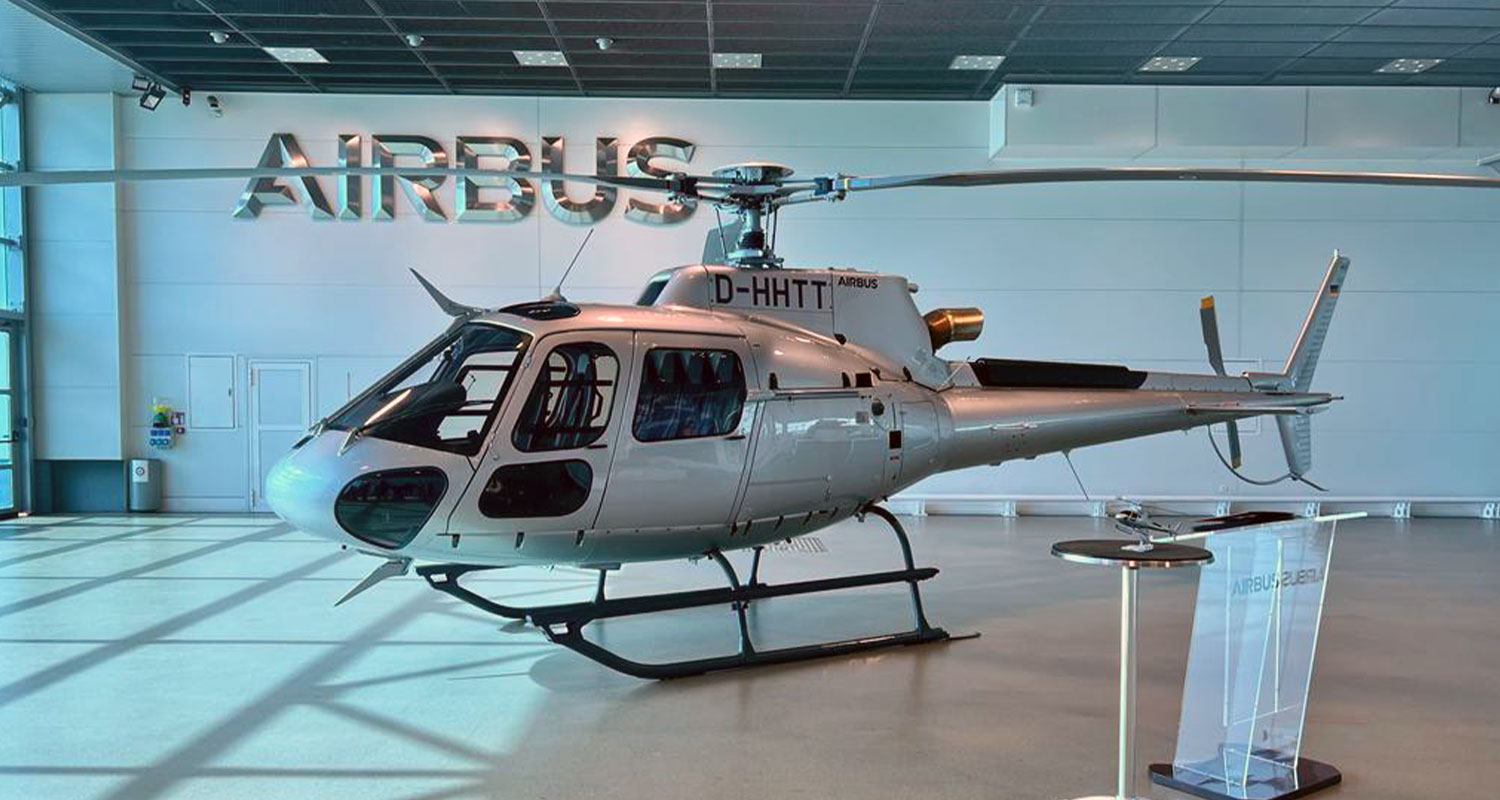
Airbus is set to deliver the first batch of helicopters assembled in India, marking a significant step towards self-reliance in the country’s aviation sector. Sunny Guglani, head of Airbus Helicopters in India and South Asia, announced plans for the initial deliveries during a statement on Tuesday.
This development comes after Airbus joined forces with the Tata Group in January 2024 to establish a final assembly line (FAL) for its H125 helicopters in India. The announcement, made during French President Emmanuel Macron’s visit to India, signified a major boost for the “Make in India” initiative.
Continue readingSOURCE: AFI

The Indian Army’s elite PARA Special Forces (SF) have received a significant upgrade in their operational capabilities with the induction of Laser Target Designators (LTDs). These portable devices mark a game-changer for PARA SF, particularly in dense conflict zones, by enabling them to carry out highly precise strikes on enemy positions.
LTDs function by emitting a concentrated beam of light that illuminates a designated target – a process known as “painting the target.” This painted target reflects the laser beam, which is then picked up by sensors onboard laser-guided bombs or missiles. Upon release, these munitions home in on the reflected laser signature, ensuring pinpoint accuracy and minimal collateral damage.
Continue readingSOURCE: AFI

In a groundbreaking initiative, the Indian Navy and the Central Reserve Police Force (CRPF) have joined forces to enhance expertise in armament quality management. This marks the first-ever collaboration between the two forces on such a topic.
The Directorate General of Naval Armament Inspection (DGNAI) conducted a specialized training program on Armament Quality Management Systems (AQMS) for ten CRPF officers. This program equipped participants with the knowledge and skills necessary to effectively manage and maintain their own armament systems.
Continue readingSOURCE: AFI

A recent National Interest report has reignited the debate about India acquiring the F-35A fighter jet from the US, potentially replacing the ongoing Multi-Role Fighter Aircraft (MRFA) tender.
Last year’s Aero India airshow witnessed the first appearance of F-35s in India, leaving audiences “awestruck” according to CBS. This showcase, coupled with China’s growing assertiveness, has sparked discussions about the F-35’s role in India’s strategic partnership with the US. Retired Air Vice Marshal Manmohan Bahadur highlights the shift in geopolitical considerations.
Continue readingSOURCE: AFI

Indian defense analyst VatsRohit (VatsRohit@KesariDhwaj on X) makes a strong case for the LCH Prachand as a future export leader in the attack helicopter market. Here’s a breakdown of why the Prachand stands out:
Traditional players like the US Apache and AH-1Z Viper are undeniably powerful, but their hefty price tags (over $20 million) and limitations on export due to US foreign policy make them less accessible. The Eurocopter Tiger, envisioned as a rival to the Apache, turned into a commercial failure with its exorbitant cost exceeding $40 million per unit. Many European nations are now looking elsewhere.
Continue readingSOURCE: AFI
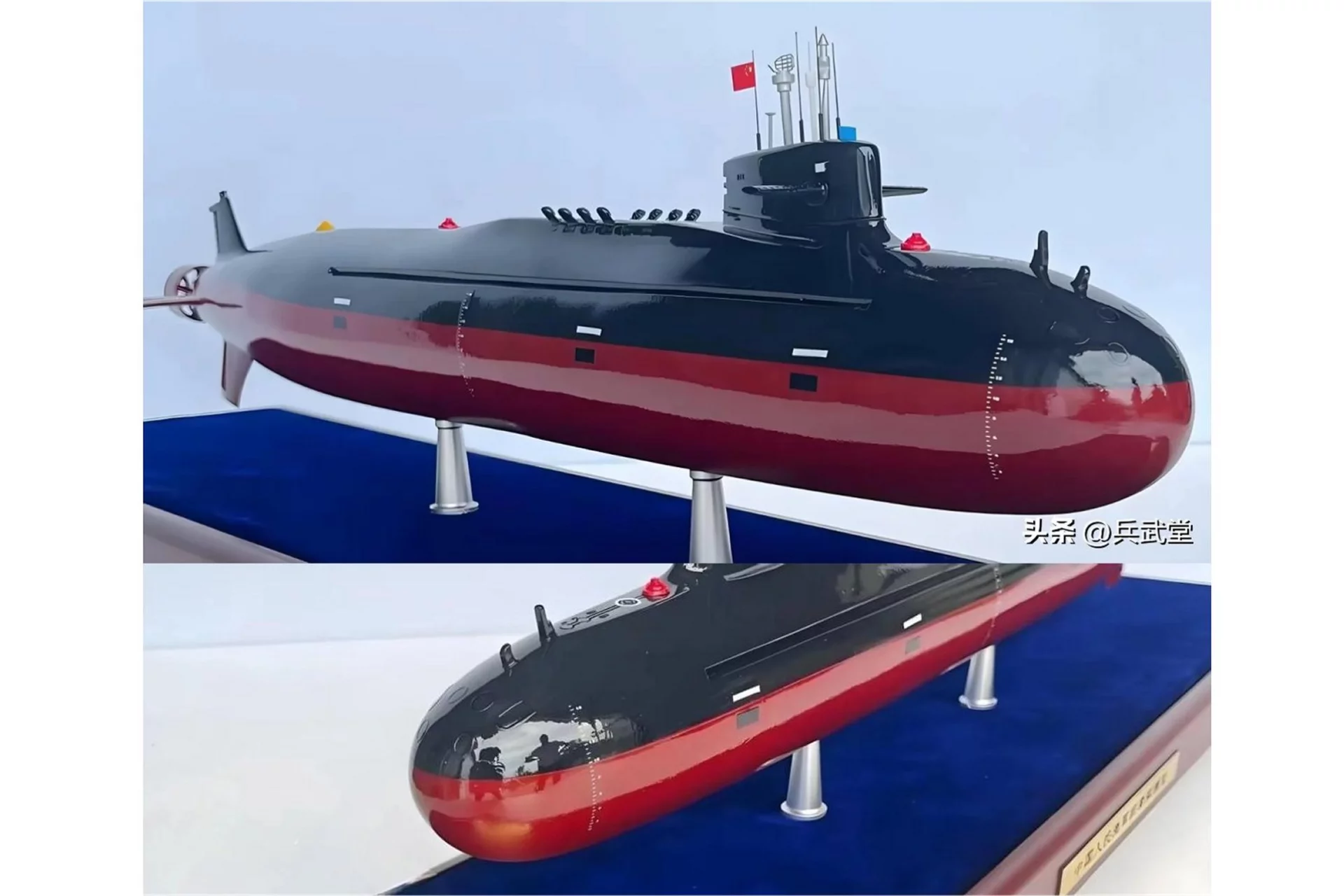
China recently unveiled a model of a new nuclear submarine, the Type 093B. The 6,200-ton submarine features an 18-unit underwater vertical launch system, a teardrop-shaped design with a slightly humped back, an integrated sonar station, and a signature integrated optical-electronic mast on the sail. It is also equipped with a ducted pump-jet propulsion system.
According to information published by Chinese media, the Type 093B is designed to carry out long-range patrols and anti-ship warfare missions. The submarine’s underwater vertical launch system is believed to be capable of launching cruise missiles and anti-ship missiles. The teardrop-shaped design of the hull is likely to improve the submarine’s underwater performance, while the integrated sonar station and optical-electronic mast will enhance its situational awareness. The ducted pump-jet propulsion system is expected to make the submarine quieter than previous models.
Continue readingSOURCE: AFI
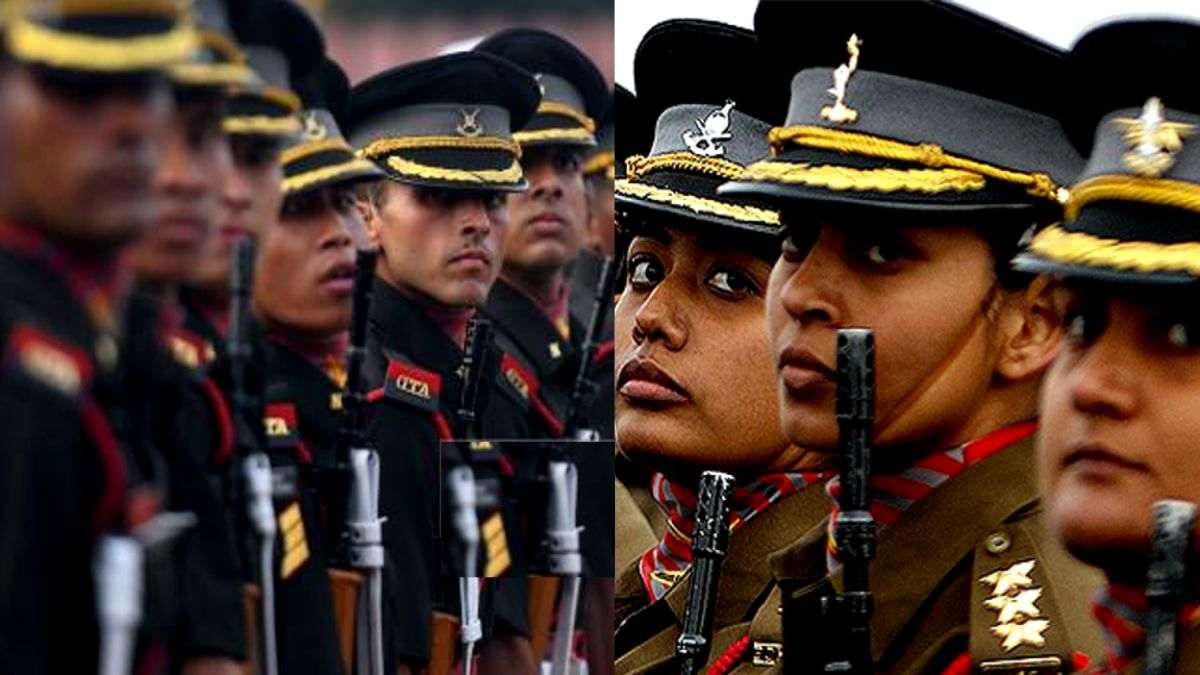
The Indian Army is revamping its incentive scheme for officers performing exceptionally well in promotion exams. This move aims to encourage better preparation and enhance overall professional capabilities.
The revised policy, coming into effect from next year, will reward officers with bonus marks in subsequent exams for exceeding expectations in the current ones. This replaces the existing system, deemed too stringent, which hasn’t yielded results in a decade.
Continue readingSOURCE: AFI
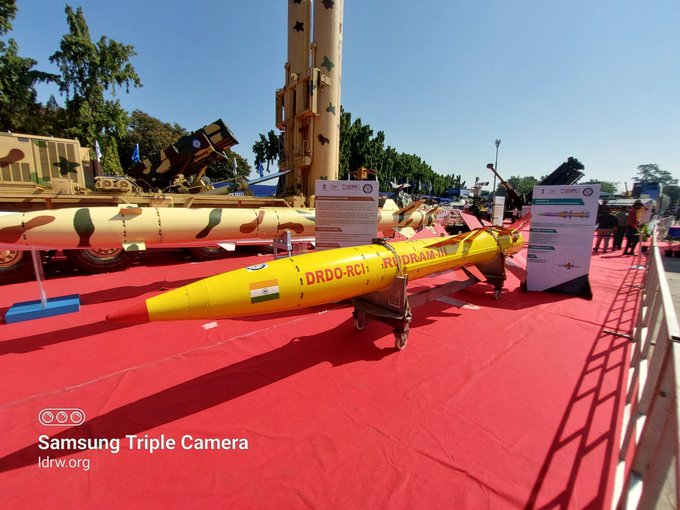
The Indian Air Force’s (IAF) arsenal is set for a significant upgrade with the induction of the Rudram II and III missiles. These air-launched, long-range missiles boast a range of 350-500 kilometers, allowing IAF jets to engage targets from a safe distance and minimize their exposure to enemy air defenses.
The Rudram missiles offer a substantial leap in capability compared to previously inducted options. This includes the Israeli-made Rampage with a 250km range and the planned air-launched cruise missile with a 1,000km range. The Rudram Family fill a crucial gap between these two options, providing flexibility for various strike missions.
Continue readingSOURCE: AFI

The Indian Navy plays a vital role in safeguarding the Indian Ocean Region (IOR) and conducts frequent diving operations for various critical missions. These missions include submarine rescue, underwater inspections, and salvage operations.
Submarines, both conventional and nuclear, are susceptible to accidents during operations. In such situations, a well-established protocol for submarine distress response is crucial. While protocols exist for emergency ascents and communication, specialized divers and equipment are essential for successful search and rescue (SAR) missions.
Continue readingSOURCE: AFI
In the annals of India’s military aviation history, the MiG-27 has had a prominent yet tumultuous role. Originally inducted into the Indian Air Force (IAF) in the mid-1980s, the MiG-27 was envisaged as a powerful ground-attack aircraft. However, its operational life was marred by several issues that eventually led to its premature retirement. Among the various plans to extend the life and enhance the performance of the MiG-27, the proposal to re-engine the aircraft with the AL-31F engine stands out as a significant yet ultimately abandoned initiative.
The IAF inducted the MiG-27s, known as the Bahadur in India, during 1984-85. These aircraft were licensed-built by Hindustan Aeronautics Limited (HAL) under a transfer of technology agreement with the Soviet Union. A total of 165 MiG-27Ms were produced, serving as the backbone of the IAF’s ground-attack capabilities for several decades.
Continue readingSOURCE: AFI
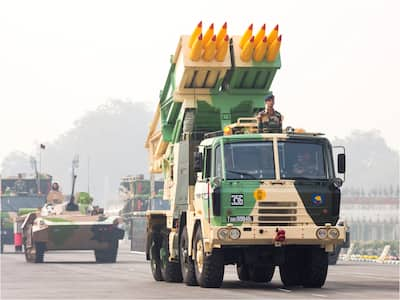
The global defense market is witnessing a shift as nations seek to modernize their military capabilities amid evolving security challenges. For decades, China has been a dominant player in supplying defense equipment to countries in Africa and Asia. However, recent issues with the reliability and quality of Chinese military hardware have opened opportunities for other countries to fill the void. India, with its burgeoning defense industry, stands poised to capitalize on this shift.
India has long-standing diplomatic relationships with many countries in Africa and Asia. By leveraging these ties, India can position itself as a trusted partner in defense. The Indian government’s proactive engagement with African and Asian nations, through initiatives like the India-Africa Forum Summit and the India-ASEAN Summit, provides a solid foundation for expanding defense cooperation. Strengthening these diplomatic ties with targeted defense agreements can pave the way for increased sales of Indian military equipment.
Continue readingSOURCE: AFI

The Indian Army is bolstering the battlefield survivability of its tank fleet by integrating Saab’s Mobile Camouflage System (MCS) onto its T-90 and T-72 tanks. This move signifies a significant step towards enhanced protection for armored vehicles.
Tanks are most susceptible to detection and attack when they are mobile. Saab’s MCS aims to address this critical challenge.
Continue readingSOURCE: AFI
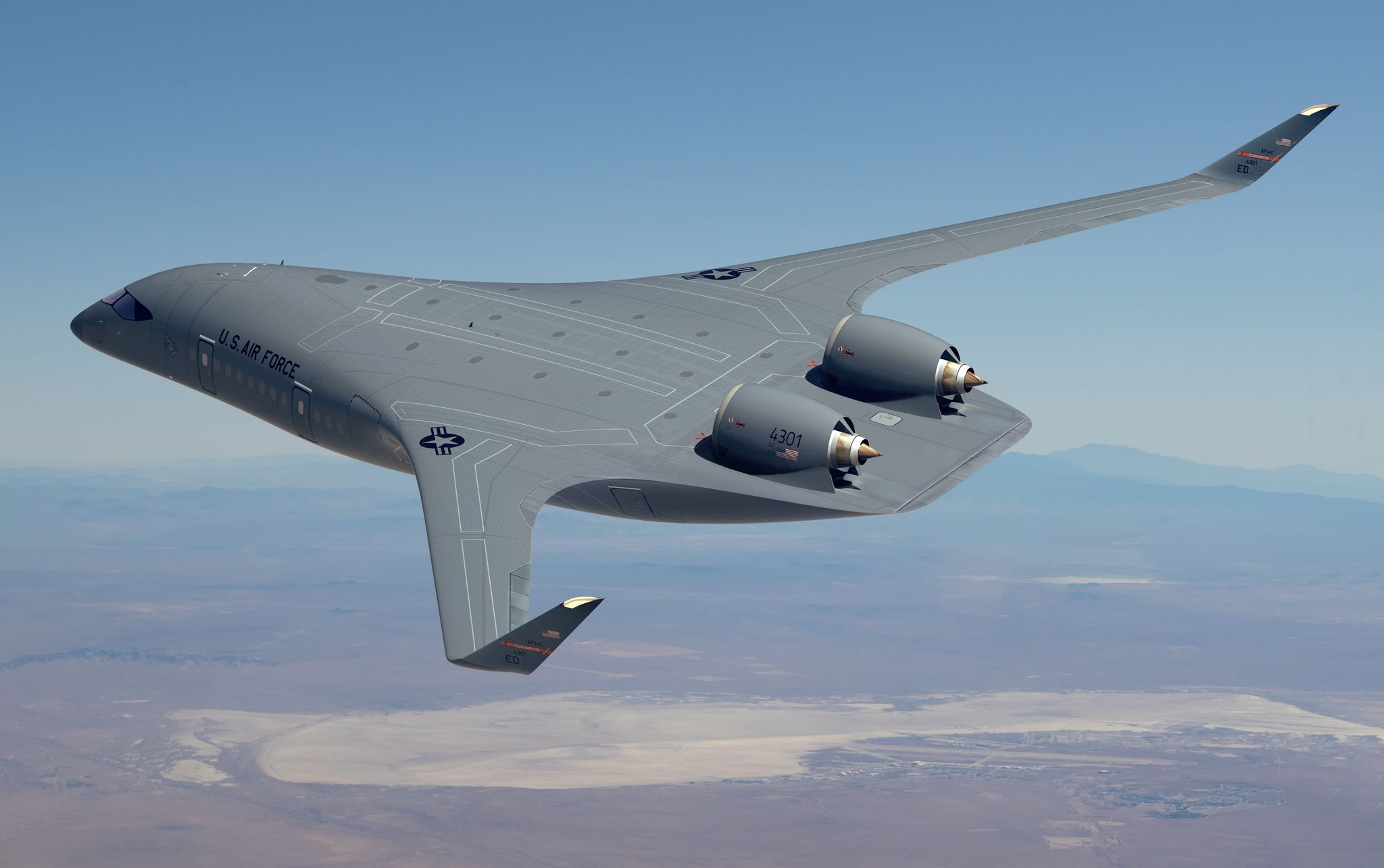
The future of the C-17 Globemaster III, a workhorse military transport aircraft, is a topic of debate. While current operators like India yearn for more, the question remains: should production resume with the existing design, or should a modernized version take flight? The C-17 boasts an impressive track record, with a high mission capable rate and a loyal following among operators like the Indian Air Force (IAF). However, production ended in the early 2010s. Restarting production with the exact same configuration might not be the most efficient use of resources.
Creating a completely new, more advanced C-17 variant solely for a limited number of aircraft might not be cost-effective. The IAF, with its desire for just two additional C-17s, exemplifies this challenge.
Continue readingSOURCE: AFI

The Central Reserve Police Force (CRPF) is contemplating a larger order for the sophisticated Wheeled Armoured Amphibious Platform (WhAP) vehicles after witnessing their impressive performance in Kashmir. These advanced 8×8 vehicles, capable of operating both on land and in marshy areas or streams using water jets, were inducted last year and have proven to be a valuable asset in anti-terror operations.
The WhAP vehicles, also known as TATA Kestrel, have been jointly developed by TATA Motors and the Defence Research and Development Organisation (DRDO). Designed to carry 12 equipped soldiers, including the driver, these vehicles are built to provide high mobility and enhanced protection in diverse terrains and combat scenarios.
Continue readingSOURCE: AFI

Since the comprehensive reforms initiated in 2015, the People’s Liberation Army (PLA) of China has significantly shifted its focus towards preparing for modern combat in the “Information Age.” The reforms aim to integrate various services, arms, and systems into a cohesive, network-centric fighting force capable of conducting joint operations.
A critical component of this strategy is the PLA Western Theater Command (WTC), which has been proactive in securing China’s southern and southwestern borders, preparing for diverse warfighting scenarios, and acclimating its personnel to the challenging terrains of Xinjiang and Tibet.
Continue reading